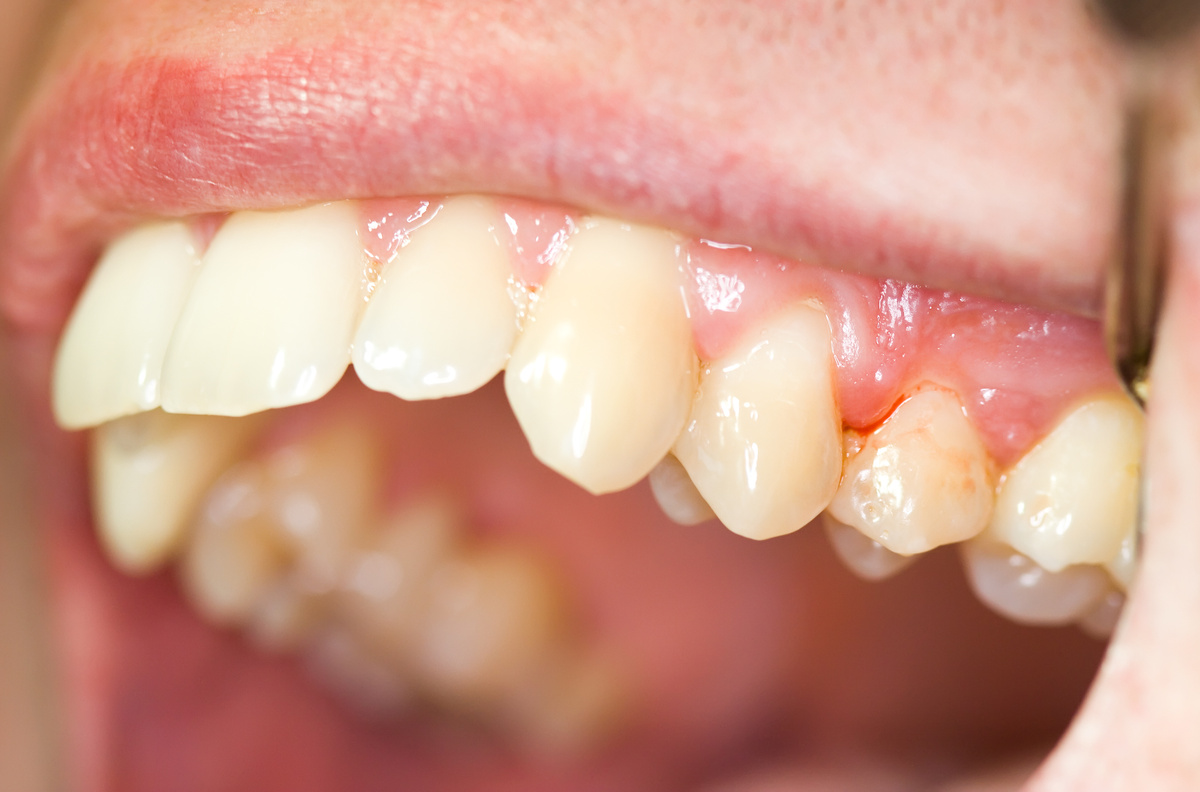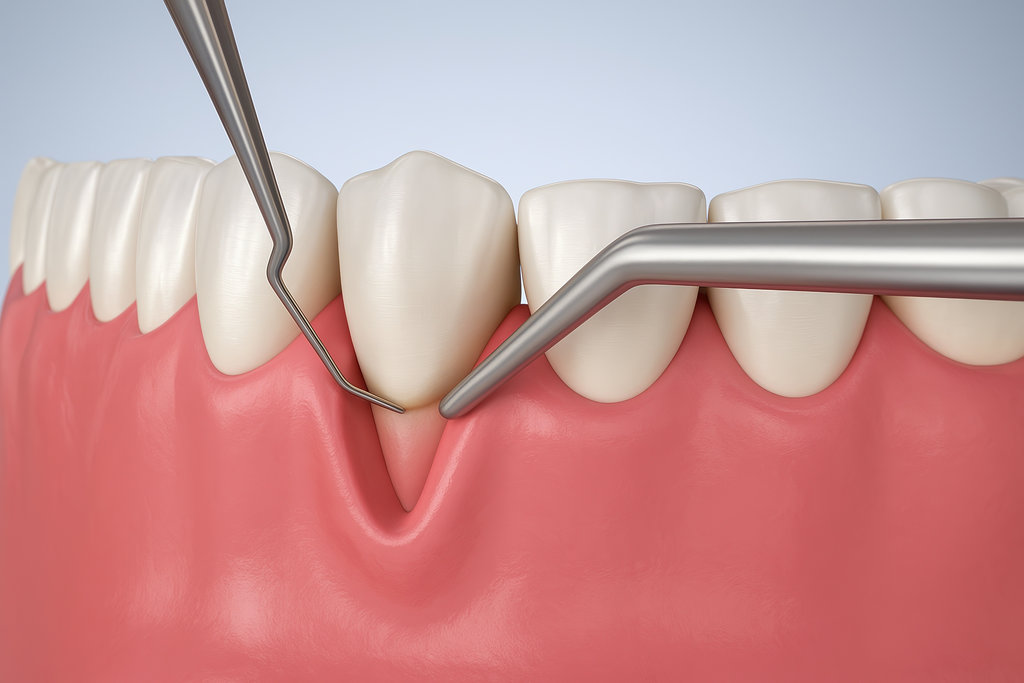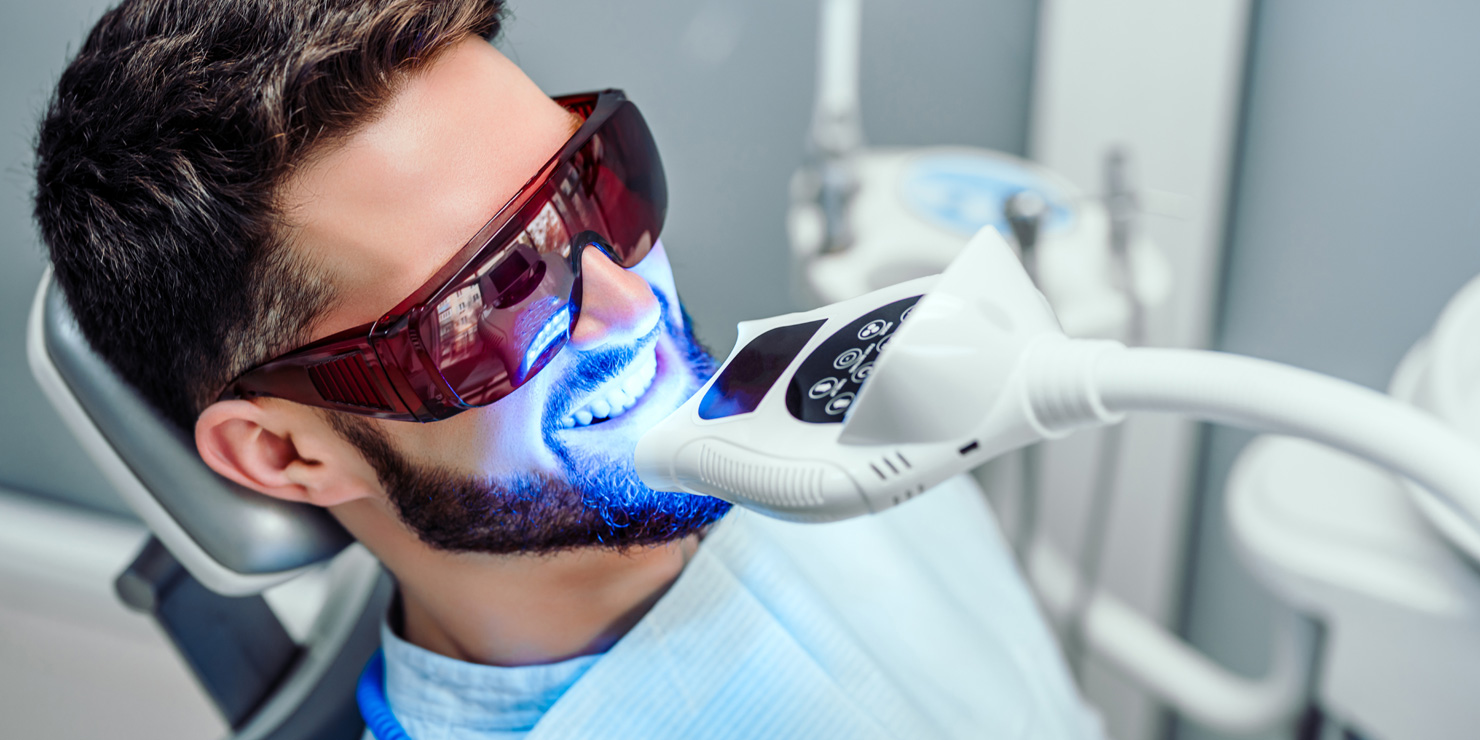Many patients notice bleeding gums during brushing and wonder if this signals a minor issue or something more serious. The truth is that bleeding gums often indicate gingivitis, the earliest stage of gum disease, which can progress into periodontitis if left untreated. Understanding the key differences between these two conditions empowers you to take control of your oral health and seek appropriate care.
At Park Smiles NYC, our team provides comprehensive periodontal care to help patients maintain healthy gums and prevent the progression of gum disease. With advanced diagnostic tools and personalized treatment approaches, we guide patients through every stage of gum health, from prevention to advanced care.
What Is Gingivitis?
Gingivitis represents the mildest form of gum disease, caused primarily by plaque buildup along the gum line. This sticky film of bacteria irritates the gum tissues, leading to inflammation. The good news is that gingivitis remains reversible with proper oral hygiene and professional care.
The condition develops when plaque accumulates between teeth and along the gum line. Without regular brushing and flossing, this bacterial film hardens into tartar, which can only be removed through professional cleaning. Poor oral hygiene, hormonal changes, certain medications, and smoking can increase your risk of developing gingivitis.
Signs and Symptoms of Gingivitis
Recognizing gingivitis early allows for prompt treatment and prevents it from progressing to more serious conditions. Common signs include:
- Red, swollen, or tender gums
- Bleeding during brushing or flossing
- Bad breath that persists despite oral care
- Gums that appear to pull away from teeth
Most patients with gingivitis experience little to no discomfort, which can delay diagnosis and treatment. Regular dental checkups help identify gingivitis before symptoms become noticeable, allowing for immediate intervention.
How Does Periodontitis Develop?
Periodontitis occurs when gingivitis progresses untreated, allowing bacteria to spread below the gum line. This advanced stage of gum disease affects the tissues and bones that support your teeth, potentially leading to tooth loss if left unmanaged.
During the development of periodontitis, the gums pull away from the teeth, creating pockets where bacteria accumulate. These deep pockets become difficult to clean with regular brushing and flossing, allowing infection to spread deeper into the supporting structures. The body’s immune response to this bacterial invasion can actually worsen tissue and bone destruction.
Advanced Symptoms of Periodontitis
Periodontitis produces more severe symptoms than gingivitis, requiring immediate professional attention. Warning signs include:
- Deep pockets between teeth and gums
- Persistent bad breath or taste
- Loose or shifting teeth
- Changes in bite alignment
- Gum recession exposing tooth roots
- Pus around gums and teeth
These symptoms indicate significant damage to the supporting structures of your teeth. The American Dental Association emphasizes that periodontitis requires professional treatment to prevent further complications.
What Are the Key Differences Between Gingivitis and Periodontitis?
Understanding the distinctions between gingivitis and periodontitis helps you recognize when to seek professional care. The primary differences lie in severity, reversibility, and treatment approaches.
Gingivitis affects only the gum tissues, while periodontitis involves damage to the deeper supporting structures, including bone. Gingivitis can be reversed through improved oral hygiene and professional cleanings, but periodontitis requires more intensive treatment to prevent further damage.
Treatment approaches also differ significantly. Gingivitis typically responds to enhanced home care and regular cleanings, while periodontitis may require scaling and root planing or other advanced periodontal procedures. Early intervention makes treatment more effective and less invasive.
The progression timeline varies between individuals, but gingivitis can advance to periodontitis within months or years without proper care. Factors such as genetics, overall health, and oral hygiene habits influence the rate of disease progression.
Get Treatment for Gingivitis and Periodontitis at Park Smiles NYC
Both gingivitis and periodontitis require professional attention, though treatment approaches differ based on disease severity and individual patient needs. Early detection and intervention provide the best outcomes, preventing progression from reversible gingivitis to more serious periodontitis. Our comprehensive periodontal disease prevention program helps patients maintain optimal gum health through education and regular monitoring.
Don’t wait for symptoms to worsen before seeking professional care for your gum health. Our experienced team at Park Smiles NYC provides personalized periodontal treatment plans designed to restore and maintain healthy gums. Contact our multiple convenient locations throughout Manhattan to schedule your comprehensive evaluation, or call (212) 988-6724 to book your appointment today.




